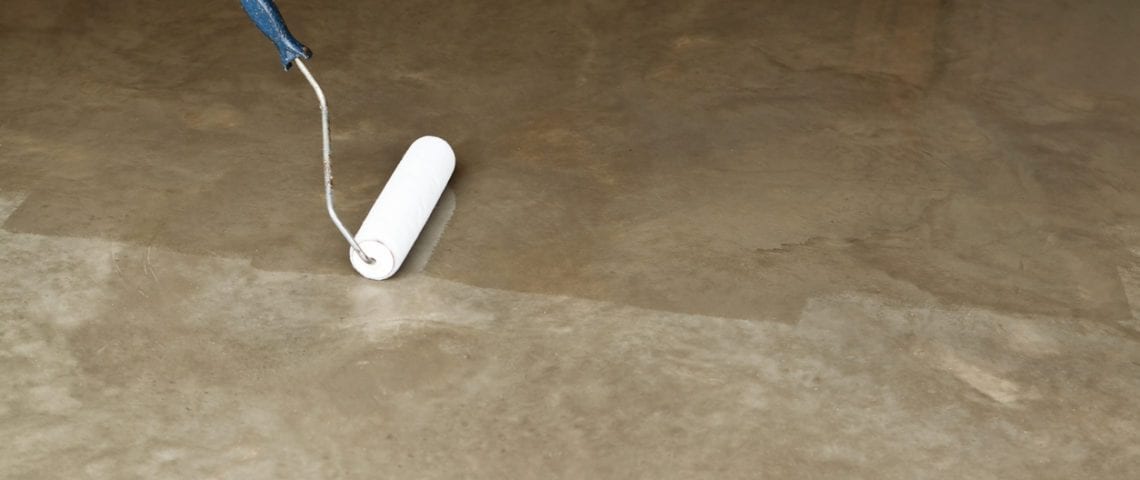Once you have decided that you want to protect your concrete with a concrete sealer, ensuring the material lasts a long time through many different environmental scourges, the next question is which type of concrete sealer to use. Once you have decided on a concrete sealer, then you begin to think about application.
Concrete sealers come in a few different varieties, each requiring a different method of application. For all varieties you will first want to begin by cleaning the slab of concrete you’re going to be applying the sealer to. If the concrete is newly poured, you will want to wait at least thirty days or more, depending on the project, in order to ensure it has properly cured to its full strength. However, if the concrete is older, you will want to make sure that the surface is free from debris and other such hindrances. Occasionally, if your concrete is in really bad condition, you need to acid etch the surface to remove the damaged concrete.
If you choose a penetrating sealer, you want to use either a nap roller or a sprayer. Airless sprayers tend to be the best method of application, though they can be expensive. After the surface has been cleaned, you want to apply a thin coat covering the entire concrete area. Next, you want to wait a certain amount of time – depending on the sealer used, the environmental conditions, and the amount of coats you need – before applying a second coat. While certain products require a certain number of coats, if you need more coats you have to apply the first, waiting for it to dry before applying the second. For penetrating sealers you continue this until the concrete has been saturated and does not need any further sealer to penetrate into the concrete.
If you choose a surface sealer, such as an epoxy or an acrylic, the process is similar. Following any instructions provided by the manufacturer, you will generally want to spread out the sealer evenly over the concrete using either a roller or an airless sprayer. While rollers function well enough, they are not a good choice if you have a high-solids mixture of sealer. Instead, you should use an airless sprayer. Low-pressure sprayers only are a good choice with one-component solvent-based products, though airless sprayers are universally the best choice for any type of application. For the surface sealers, keep adding layers of sealer onto the slab according to the manufacturer’s instructions.
For all sealer and sealing projects, make sure to wait the recommended time for the sealer to dry before touching it, walking on it, and placing heavy objects on the concrete surface. If you apply the concrete sealer to the concrete properly, then you will not have to worry about preventable damage for a number of years, depending on your choice in sealer.

